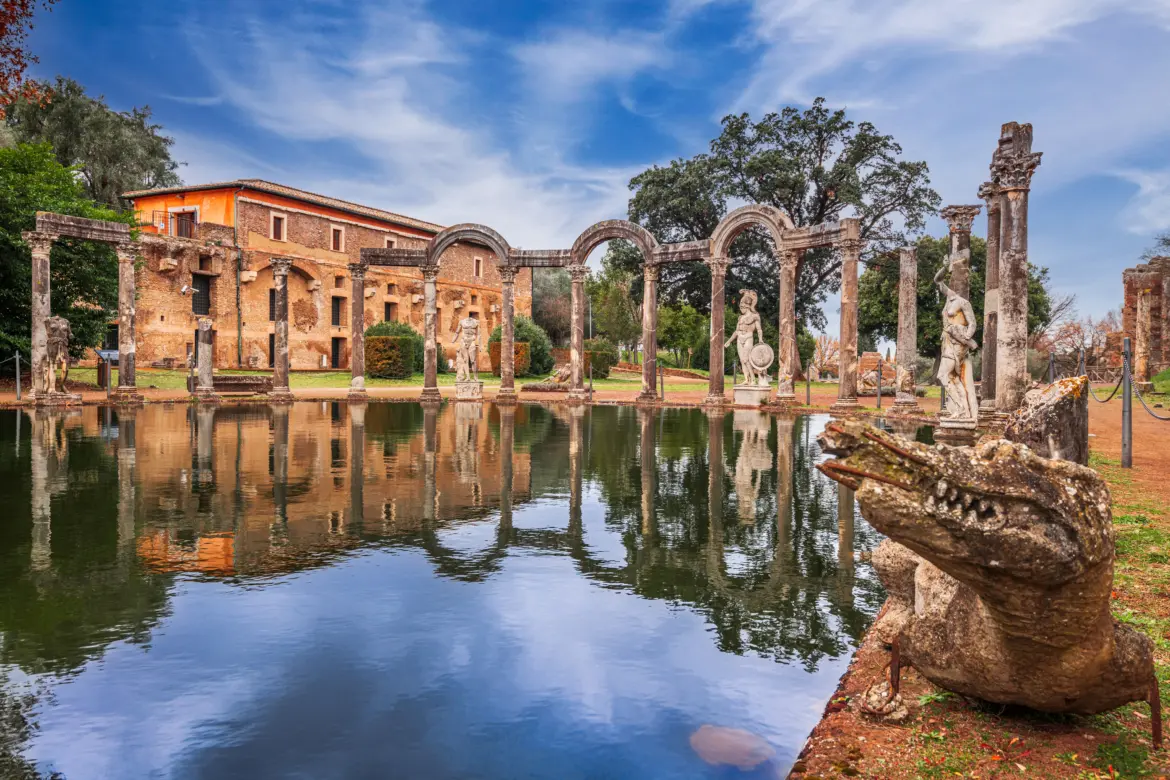Ciao, history lovers! ✨ Let’s shine a spotlight on one of the most fascinating figures of ancient Rome: Emperor Hadrian. As you wander through the Eternal City, chances are you’ve been awed by his legacy without even knowing it. This post is your warm invitation to uncover the story of a ruler who wasn’t just an emperor, he was a traveler, thinker, builder, and romantic whose influence still pulses through Rome’s streets, stones, and spirit.
🏺 Who Was Hadrian?
Born in 76 CE in what is now Spain, Publius Aelius Hadrianus rose through the ranks of Roman politics and military life to become emperor in 117 CE. A member of the so-called “Five Good Emperors,” Hadrian’s reign was marked not by expansion but by consolidation, cultural enrichment, and architectural brilliance. Unlike emperors who focused on conquest, Hadrian was a cosmopolitan visionary. He embraced Greek philosophy, traveled extensively across the empire, and prioritized unity, infrastructure, and the arts. His approach to leadership was deeply personal and imaginative, a fusion of intellect and emotion, power and poetry.
🏛️ Hadrian’s Rome: Legacy in Stone
Hadrian’s architectural fingerprint is all over the Eternal City. He reimagined and rebuilt monuments not just to dazzle, but to reflect deeper philosophical ideals.
1. The Pantheon
Hadrian’s rebuilt Pantheon (after the original burned down) is still one of the world’s best-preserved ancient buildings. Its perfect symmetry, monumental dome, and oculus to the heavens feel as awe-inspiring today as they must have in 126 CE. He left the original inscription by Agrippa, a gesture of humility or political cleverness? Either way, it’s pure Hadrian.
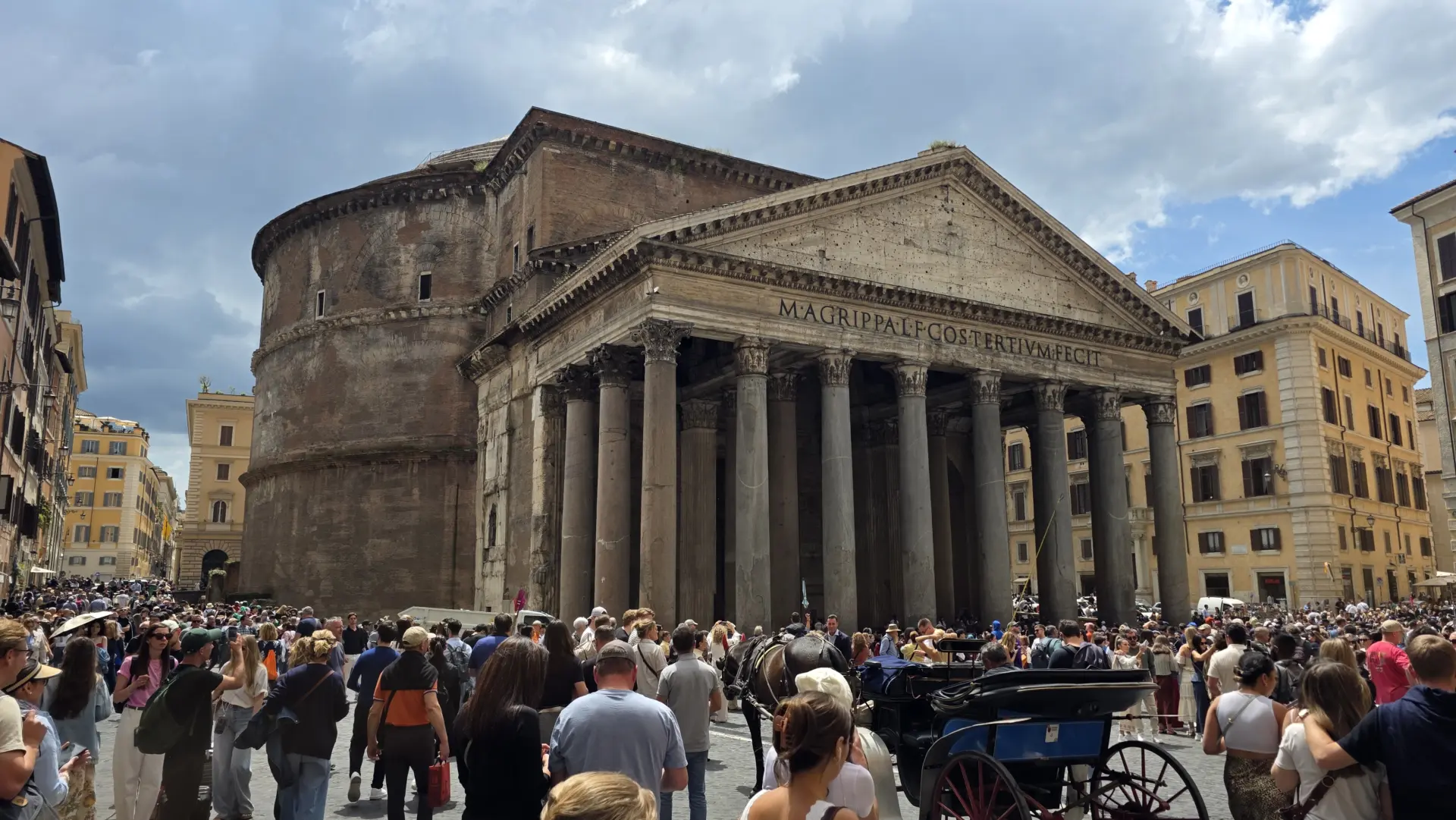
2. Castel Sant’Angelo
This towering fortress was originally Hadrian’s mausoleum, built to house his remains and those of his family. Today, Castel Sant’Angelo stands as a symbolic bridge between life and death, Rome’s pagan past and its medieval present. Its location near the Vatican makes it a stunning visual and historical anchor.
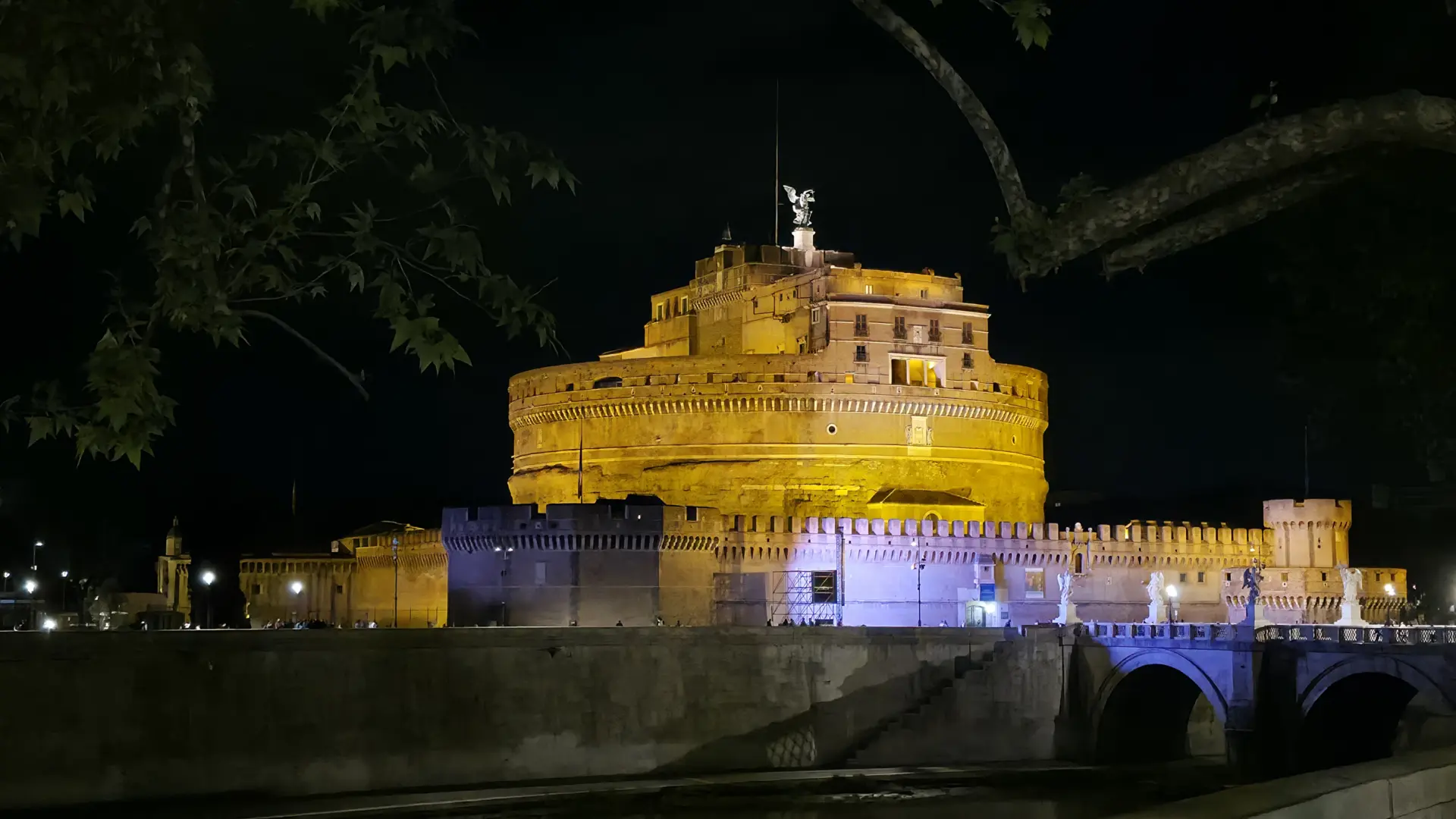
3. Temple of Venus and Roma
Hadrian also designed and built this colossal temple, once the largest in ancient Rome. Dedicated to the goddesses of Love (Venus) and Eternal Rome (Roma), the Temple of Venus and Roma reflected his dual devotion to beauty and the empire. You can visit its ruins near the Colosseum, where fragments of grandeur remain.
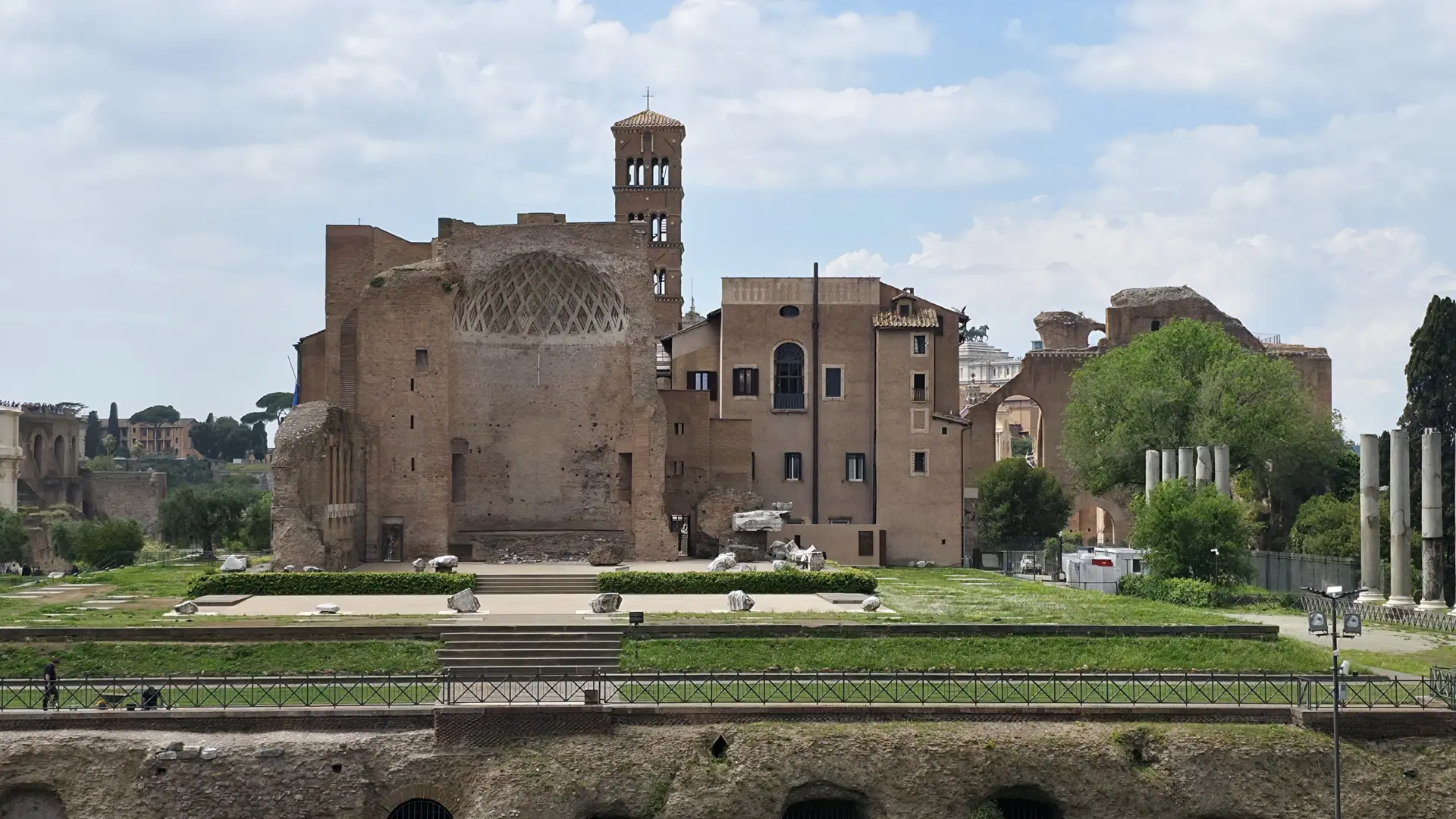
4. Villa Adriana (Tivoli)
Located just outside Rome, Villa Adriana (Hadrian’s Villa) was Hadrian’s personal retreat, a vast and elegant complex blending Roman, Greek, and Egyptian styles. More than a villa, it was a miniature version of the empire, with palaces, libraries, baths, and gardens inspired by his travels. Walking its paths feels like stepping into Hadrian’s inner world: refined, reflective, and profoundly peaceful.
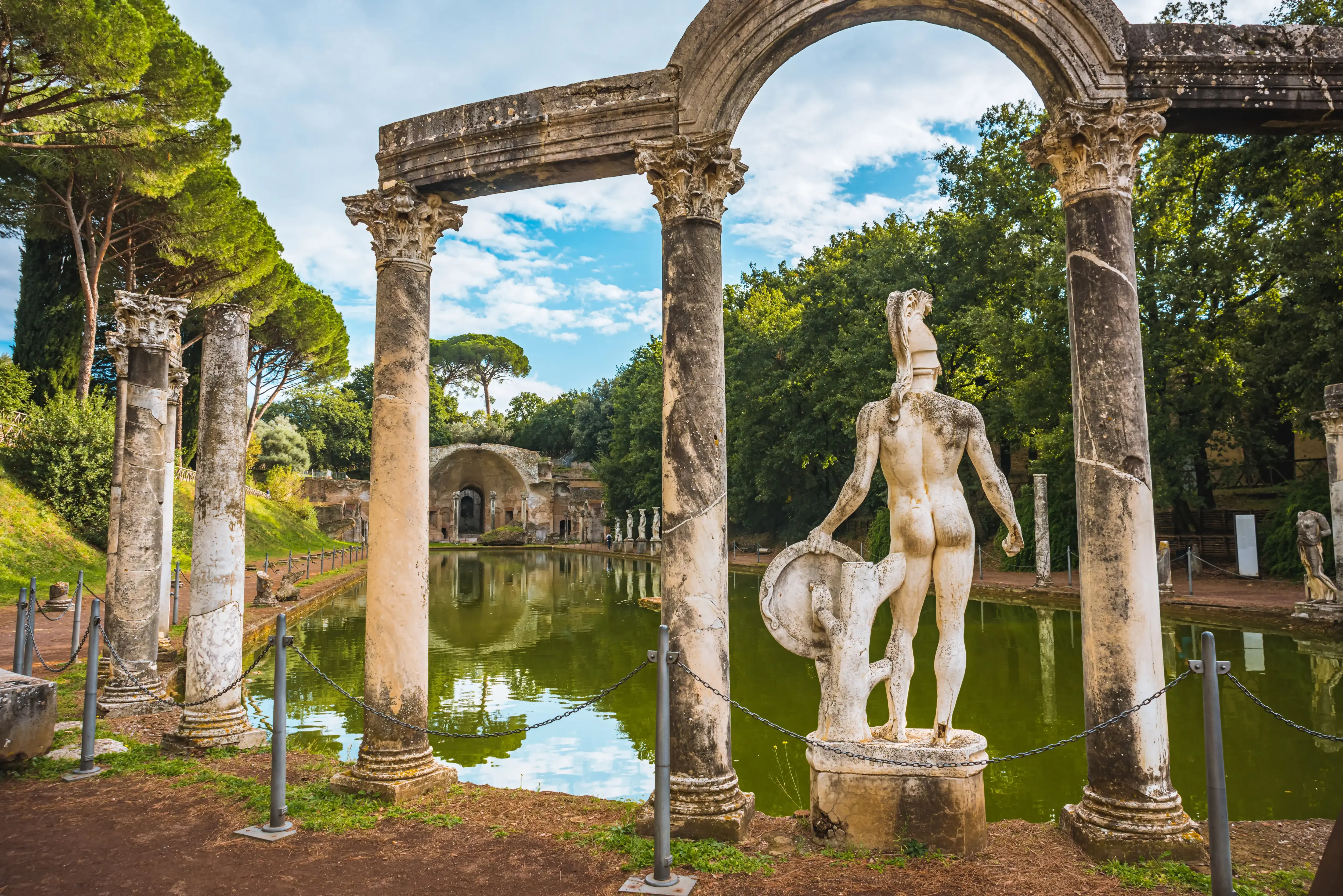
❤️ The Love & Legend of Antinous
No tale of Hadrian is complete without Antinous, the beautiful young Greek man whom Hadrian deeply loved. When Antinous tragically drowned in the Nile, Hadrian was inconsolable. In his grief, he deified Antinous, one of the only commoners ever turned into a god, and erected statues, temples, and even cities in his honor. Today, busts of Antinous can be found in museums across the world. Their presence offers a poignant reminder: Hadrian’s love was not erased by history but etched into it.
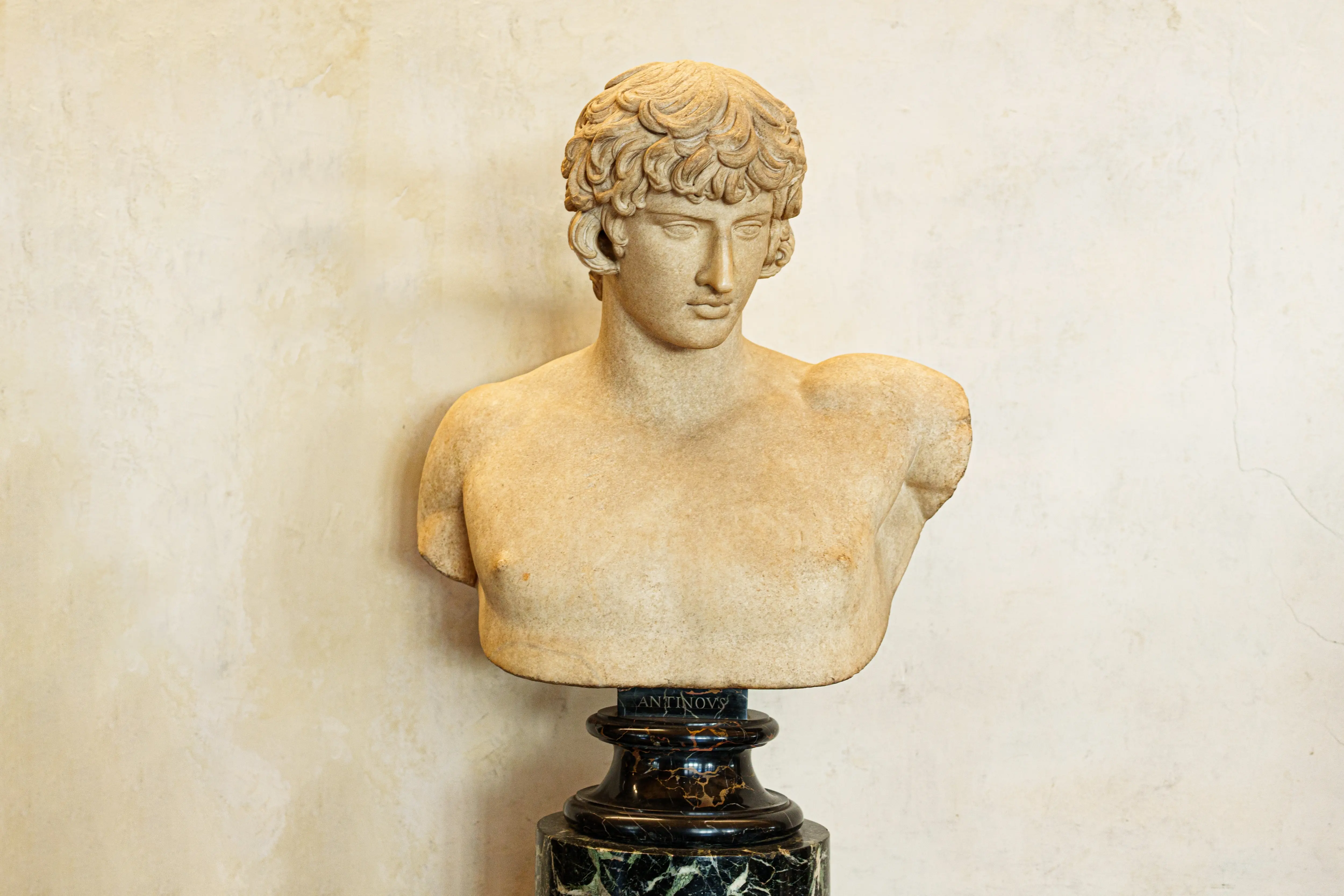
🏛️ Philosophy, Travel & Empire
Hadrian traveled more than any Roman emperor before him. He visited nearly every province, speaking with locals, inspecting troops, and commissioning new structures from Britain to Greece. His journeys weren’t just political; they were philosophical quests. He was deeply influenced by Stoic and Epicurean thought and was known for writing poetry and engaging with scholars. His leadership style blended intellect and introspection, curiosity and culture. In Hadrian, Rome had not only an emperor but a thinker, whose governance echoed his philosophical pursuits.
🌍 Where to Feel His Presence Today
If you’re walking through Rome, Tivoli, or even London, Hadrian is never far away. Here are some must-visit spots to feel his legacy:
- Pantheon (Rome): Step into Hadrian’s greatest architectural gift to the gods, and to us.
- Castel Sant’Angelo (Rome): Climb to the top for sweeping views and trace his final resting place.
- Villa Adriana (Tivoli): This UNESCO World Heritage Site was Hadrian’s imperial retreat, a mini empire with pools, libraries, temples, and fountains.
- Temple of Venus and Roma (Rome): Wander the ruins and imagine the grandeur of Rome’s largest ancient temple.
- British Museum, Louvre, Vatican Museums: All house sculptures and inscriptions from Hadrian’s era, including haunting busts of Antinous.
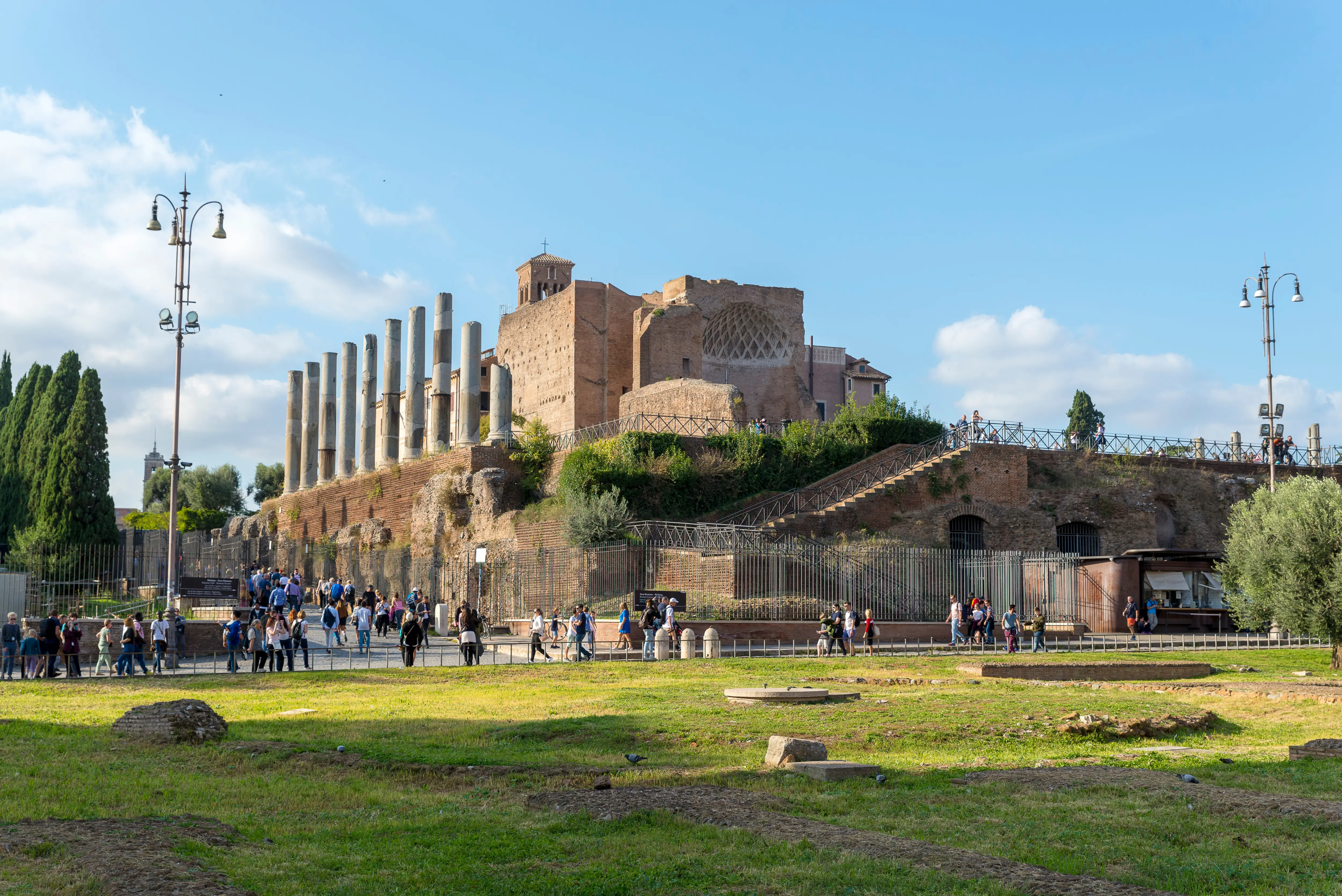
Final Reflections
Hadrian wasn’t just a Roman emperor, he was a unifier, artist, and dreamer. He left behind more than laws and buildings; he left us with ideas about leadership that were curious, inclusive, and deeply human.
In a world often obsessed with conquests and power, Hadrian’s story reminds us of the quieter triumphs: the dome that opens to the sky, the poem written in the margin, the love immortalized in stone.
So, next time you’re in Rome and your gaze falls upon the Pantheon or the Tiber-side mausoleum of Castel Sant’Angelo, know that you’re standing in Hadrian’s dream, one that still echoes through the Eternal City.
xoxo,
Bubbly ❤️

